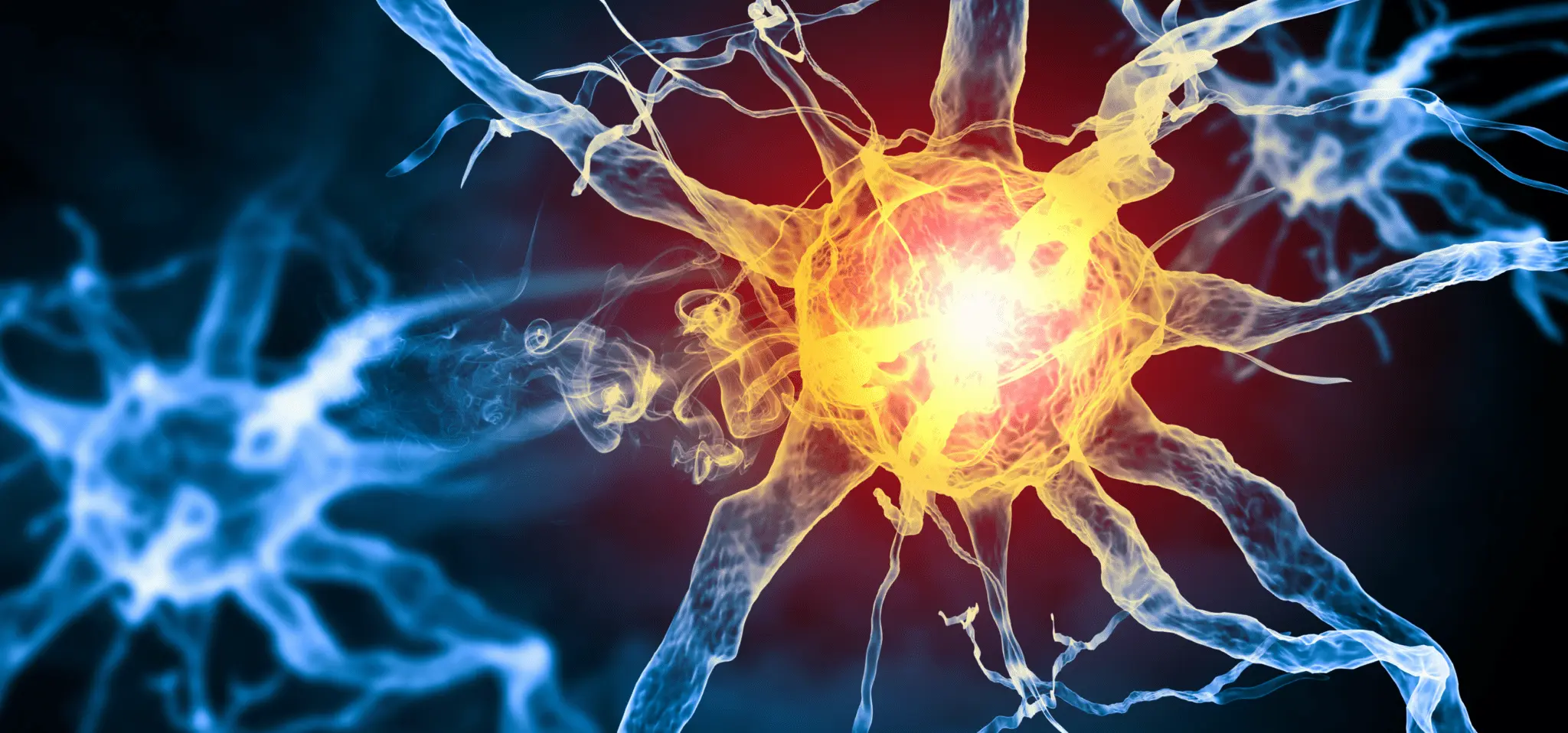- (208) 425-6020
- clinic@eaglerockmedical.com
- 919 South Utah Avenue Idaho Falls, ID 83402
- Home
- Neuromodulation
Neuromodulation
What Is Neuromodulation Used For?

Neuromodulation is a medical technique that we use to treat the symptoms associated with many painful conditions. This form of therapy is primed to grow over the next decade as a treatment for a large variety of different medical conditions. Developed in the 1960s, the basic concept for neuromodulation treatments is to utilize the power of electrical impulses for therapy benefits.
Although not a cure, many patients report a drastic improvement in their symptoms. As we improve our understanding of the where electrodes can be placed for optimal results — as well as the design of electrical field stimulation as it relates to areas of spinal and brain regions — the benefits of neuromodulation continue to grow and enhance.
If you are interested in this use of neuromodulation in the treatment of your painful orthopedic symptoms, then reach out to the specialists at Eagle Rock Medical. We will determine if you are a candidate for one of our stimulation therapies. Neuromodulation could be used to bring a lasting change to your overall wellbeing.
What Is Neuromodulation?
Before discussing how and why we use neuromodulation, it’s important to understand what this technique entails. Its technology acts directly upon the nerves by delivering an electrical impulse to a target area. Electrodes are placed on affected nerves to create a tingling sensation. When this occurs, it interrupts the pain signal being sent to the brain, providing a safe and effective treatment for pain or other medical conditions.
By altering — or modulating — nerve activity, this treatment can have life-changing results. Patients often report that neuromodulation could treat painful symptoms that other forms of therapy couldn’t. As the technology advances, the uses for neuromodulation continues to grow to include a broad scope. Plus, these treatments often include fewer side effects, increased comfort and improved quality of life for patients who have attempted other therapy options.
How Neuromodulation Works
Neuromodulation utilizes a neurostimulation device to produce a natural biological response. The nerves are stimulated by applying electrodes either to the brain, the peripheral nerves or the spinal cord. Electrodes can be applied either to the skin or directly to the nerves using a minimally invasive procedure. When placed precisely, a power source generates the necessary electrical neural stimulation. A low-voltage current passes to the nerve, inhibiting pain signals or producing another beneficial effect.
Common Uses For Neuromodulation
The most common use of neuromodulation, especially in the field of orthopedics, is for the treatment of chronic and intractable pain. This includes painful nerve conditions, post-herniorrhaphy pain and other neuropathic conditions. It can also aid patients who have complex regional pain syndrome, foot pain, phantom limb pain or are struggling after a failed spine surgery or failed joint replacement of the knees and hips.
However, neuromodulation has evolved to include benefits for spinal stimulation and a vast number of different medical conditions affecting every area of the body. Indications for stimulator use include failed back surgery (post laminectomy syndrome), peripheral neuropathy and meralgia paresthetica, failed knee surgery and pain after hernia surgery. The uses for the technique may be able to help nearly every disease or symptom and has been used in the treatment of:
- Headaches
- Tremors
- Muscle spasms
- Spinal cord damage
- Urinary incontinence
- Parkinson’s disease
- Sacral nerve stimulation
- Pelvic disorders
- Ischemic disorders like angina or peripheral vascular disease
- And more
The neuromodulation techniques include:
- Transcutaneous Electrical Nerve Stimulation (TENS): Although not a cure for pain, this neuromodulation therapy is a small, battery-operated device that provides short-term relief. Electrodes are attached directly to the skin delivering small, electrical impulses to affected areas of pain.
- Peripheral Nerve Stimulation: Electrodes are surgically placed in a minimally invasive procedure directly on the nerves or under the skin in the targeted pain region.
- Spinal Cord Stimulation: Electrodes are placed directly on the spinal cord in a minimally invasive procedure to control pain signals.
- Dorsal Root Ganglion (DRG) Stimulation: In this minimally invasive procedure, electrodes are placed on the dorsal root ganglion, which is a grouping of nerve cells you can find on the outside of the spinal canal. When the DRG is irritated or has become damaged, it can create pain. This procedure stimulates the nerves to help block pain signals being sent to the brain.
Find Out If You Are A Good Candidate For Neuromodulation Therapy
If you struggle with intractable, chronic pain, then it’s time to make an appointment at Eagle Rock Medical. We will help you determine whether you are a good candidate for neuromodulation therapy. If you are, the first step is to arrange a trial.
After your initial consultation, the specialist will arrange a trial that is similar to a test drive for neuromodulation. This will help us determine if this form of therapy will help relieve your pain. Wires are placed through the skin without incisions. A battery will be carried or taped to your skin to supply the electrical charge. If your symptoms lessen in real life circumstances, then the treatment will have proved effective.
Once the trial is complete, you can remove the temporary device safely and easily. If the results of the trial are successful, we’ll perform a minor surgical procedure depending on which of the neuromodulation therapies will best treat your symptoms. This will make the neuromodulation technique a permanent treatment for your pain.

